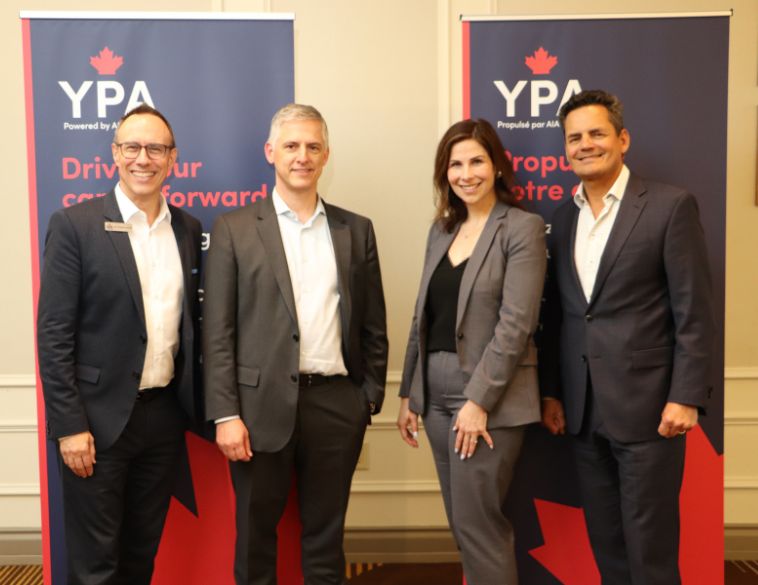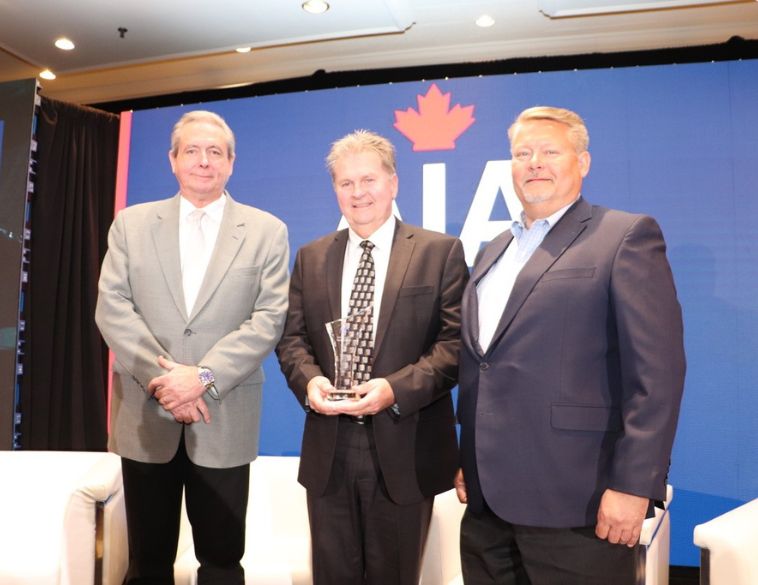At the AIA Knowledge Exchange Series held in Saskatoon, Sask., disruptors that are impacting the automotive aftermarket were discussed.
Outlook Study 2018 details
“We’re in the midst of fundamental changes in our culture about automobiles,” said Andrew Shepherd, AIA Canada Senior Director, Industry Programs, as he provided a preview of the AIA’s latest Outlook Study.
Shepherd said the aftermarket industry will be deeply affected by changing consumer decisions.
Part of it is driven by changing demographics. For example, Shepherd recalled that a few decades ago, people wanted to get their drivers licence just days after their 16th birthday. But today, many people in their 20s and 30s don’t have a licence, and some will never even own their own vehicle.
Those who are buying, want different kinds of vehicles than in the past. “Virtually all of new vehicle growth is driven by SUVs, pickups and luxury vehicles,” he explained.
For example, the light truck share of the market has gone from 45 percent in 2008 to almost 70 percent last year; SUV market share has gone from 15 percent in 2001 to just over 40 percent; the luxury vehicle segment has increased from just under 8 percent in 2008 to more than 11 percent.
Shepherd said there are several other factors that may affect car ownership levels—and ultimately impact the aftermarket industry—including the growing popularity of ride sharing services like Uber, connected and autonomous vehicles, tighter emission standards and higher capital costs.
Insurance industry impacts
The impact of new automotive technologies on the insurance industry was discussed by Ciaran Downes of Regina, SGI Senior Director, National Appraisal Services.
Downes said driver assists, such as lane change warning devices, reduce head-on accidents (by about 11% according to one study). Although fewer accidents mean fewer claims, he said the amount of claims is going up; that’s because bumpers with cameras and sensors are more expensive to repair and replace than those without.
AIA Lobbying
France Daviault, Vice President, AIA Canada, spoke about the lobbying efforts of the organization. She said federal politicians often don’t realize how big the aftermarket industry is.
“When we go to government and tell them this is a $21 billon industry that employees 400,000 people, they are taken aback. You are part of a really large industry,” Daviault told the 50 or so audience members. Daviault said AIA Canada is lobbying on two key files: access to vehicle repair information, and workforce development.
She explained that information on the labour force is crucial to predict the future, determine skills needed, lobby governments, support educational programs and improve connections between people and jobs. AIA Canada is developing a website called AutoConnex, which will identify aftermarket occupations where there is high demand, and it will also provide data on regional differences.
“With solid date, then we can go to government and say ‘Look, there is going to be huge labour gap, and you need to help us fix it by investing in our industry’,” she added. The day wrapped up with a panel discussion entitled What’s Keeping You Awake at Night? Moderated by Todd Manz, the panelists were Dinnette Bentley, Daryl Kuscar and Don Klassen.



